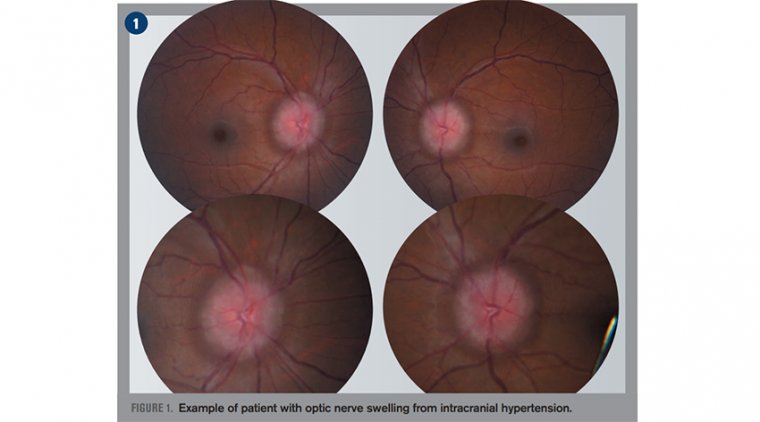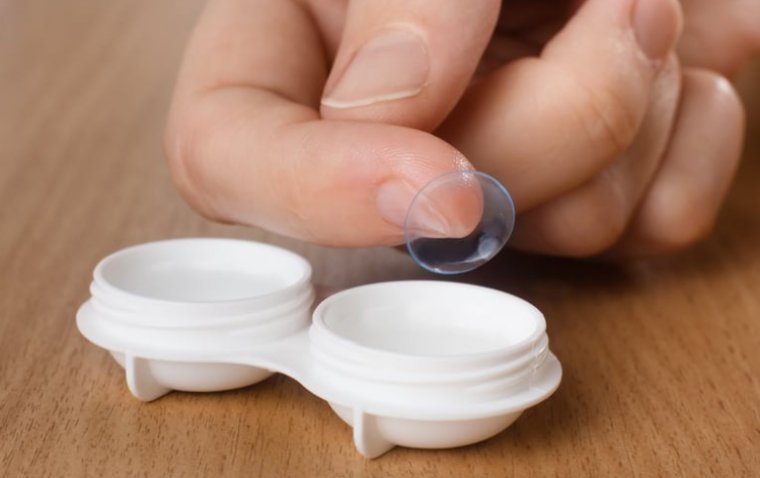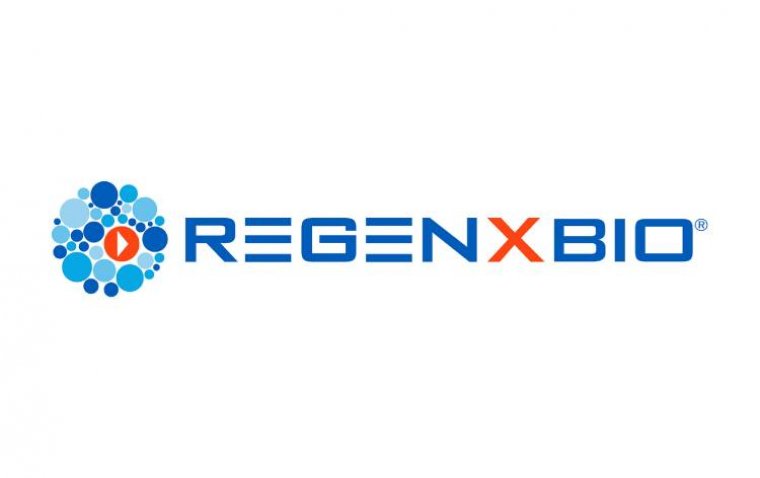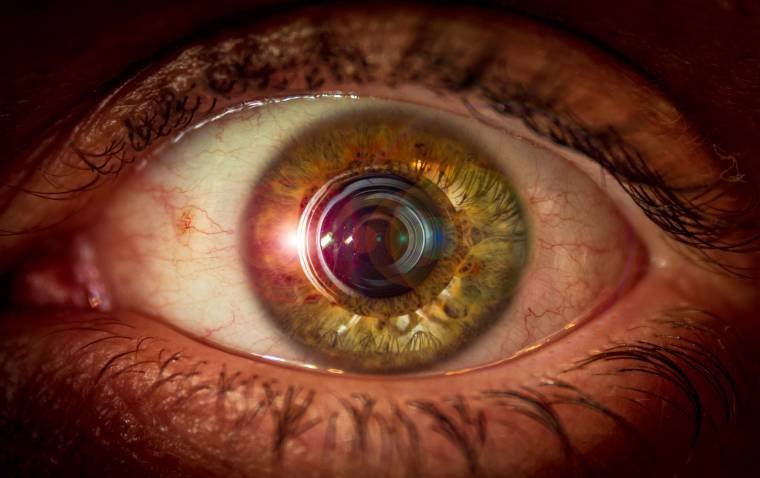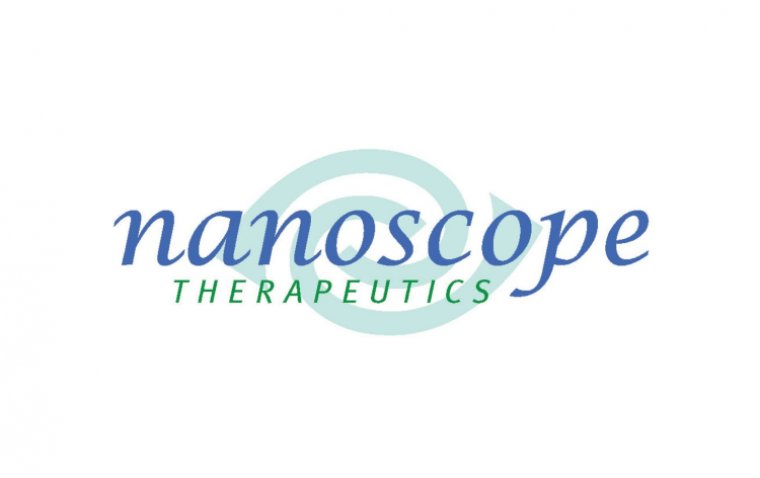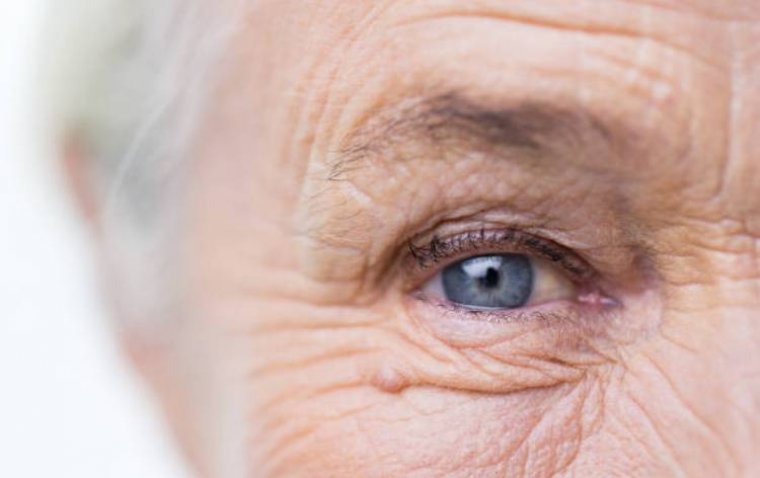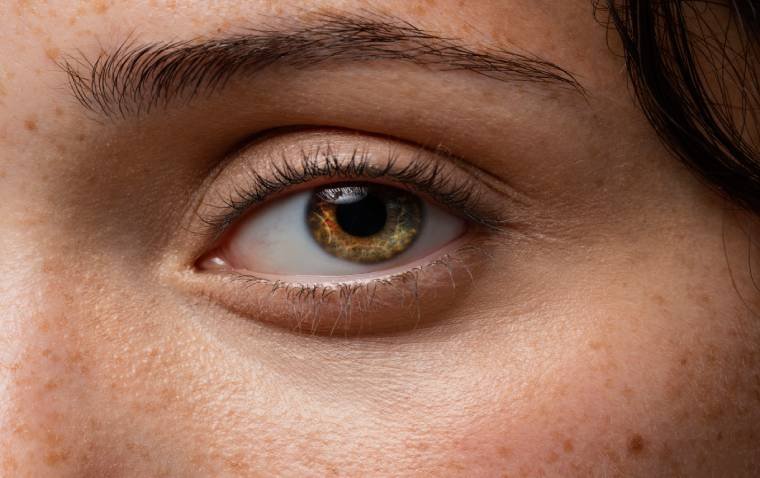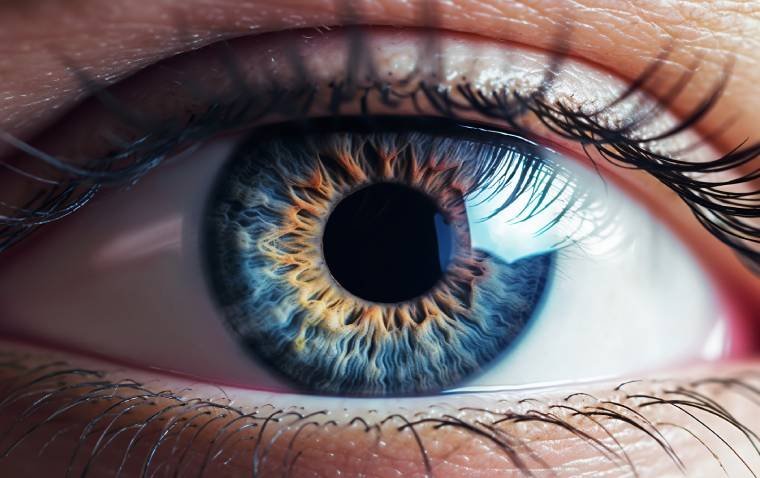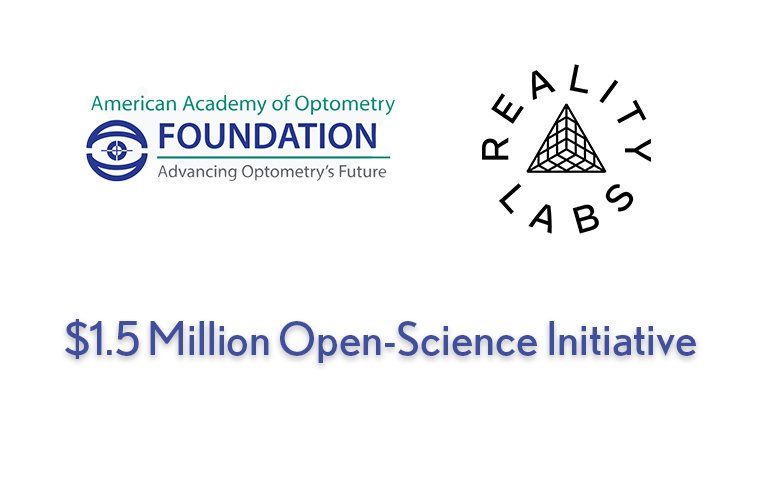
AAOF and Meta Reality Labs Launch $1.5M Myopia Research Initiative
The American Academy of Optometry Foundation (AAOF), in partnership with Meta Reality Labs, has launched a $1.5 million open-science research initiative to study the relationship between visual experience and the progression of myopia. This initiative will support three independent studies focusing on the effects of longitudinal visual experiences on myopia outcomes.
“We are excited to announce this open-science research initiative in partnership with Meta Reality Labs,” said Dr. Rachel A. ‘Stacey’ Coulter, AAOF President. “This industry-sponsored opportunity fosters transformative partnerships where academic rigor aligns with real-world application, driving innovation and creating solutions that benefit both science and society.”
Open-Science Model to Promote Collaboration
Historically, studies on visual experiences have been conducted in isolation, limiting the ability to aggregate data and draw comprehensive conclusions. To address this, the AAOF and Meta Reality Labs are adopting an open-science model. Researchers will not only make their publications publicly accessible but will also share the underlying data, following the FAIR data principles (Findable, Accessible, Interoperable, and Reusable). This ensures that the data can be properly interpreted and used for further analysis, fostering collaboration and enabling other researchers to harmonize and compare findings.
The level of transparency promoted by this initiative aims to enhance reproducibility and enable federated analysis of the datasets, which could shed light on the intricate role of visual experiences in the development of myopia. This collaborative approach is expected to provide insights that could transform the understanding and treatment of this growing vision issue.
Upcoming Announcement at Academy 2024 Indianapolis
The submission criteria and application window for the research awards will be revealed at the Academy 2024 Indianapolis, the annual meeting of the American Academy of Optometry. Attendees can look forward to more details during the AAOF’s Awards Celebration Brunch on Saturday, November 9.
This open-science initiative represents a significant step toward fostering innovation in myopia research and providing evidence-based insights into how visual experiences may influence myopia progression.
(1).jpg)

